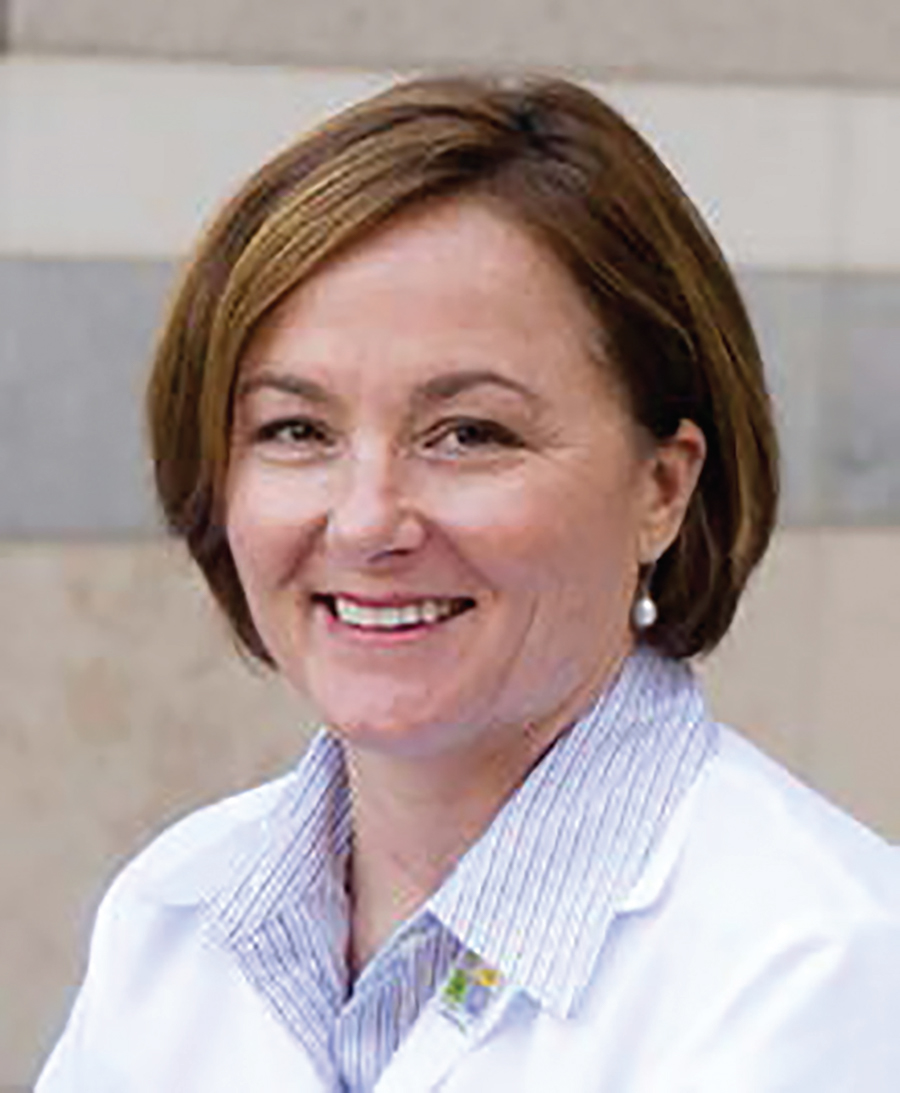Brain Tumor Navigator Role Bridges the Intersection of Cancer and Neuroscience
My role as a nurse navigator, for both patients with cancer and in the neuroscience arena, is the culmination of a 40-year career in oncology nursing. I got my start in nurse navigation 11 years ago. At the time I was working in Hoag’s brain tumor program and noticed that those patients had needs that we weren’t meeting. So, I shared my concern with the program directors and today Hoag continues to develop its brain tumor navigator role.

Navigating Both Neuroscience and Cancer
Our neurosciences department expanded the program to include several noncancer diagnoses. Navigation is valuable no matter the diagnosis because when most individuals receive a diagnosis, cancer or not, their knowledge base is often very limited and clouded with fear.
Cancer care has a very large gap for brain tumors compared to other cancers. Additionally, a patient’s needs tend to dramatically change when their disease progresses to the brain. A brain tumor diagnosis may elicit a heightened level of fear for both patients and caregivers, escalating the psychosocial dynamic.
At Hoag, the brain tumor navigator role falls under both the Family Cancer Institute and the Pickup Family Neurosciences Institute. My approach is consistent whether the patient is under cancer or neurosciences.
Why It’s Worth It
My job in some ways can be emotionally grueling and yet rewarding. What amazes me is how mentally and physically taxing the needs of patients with brain tumors and their families are, from the time of diagnosis to the end of treatment or end of life.
My son had a brain tumor, and after experiencing the personal side of the disease, I’ll never forget the process this patient population goes through. I now closely watch, anticipate, and imagine what we do not see in the hospital or the clinic. Our patients and families have colossal needs that grow exponentially throughout disease progression. I try to imagine what my patients may need at home or how challenging life may be when they’re not in the medical setting.
All Nurses Can Navigate
All oncology nurses should think beyond the walls of their practice setting. If you are having a difficult time caring for a patient, imagine for a moment what the experience is like for that patient and family at home.
I use a classroom setting and encourage nurses to attend brain tumor boards at their organization. Here nurses can gain an understanding of the treatment planning phase of care. If you’re not already familiar, try to learn more about the outpatient setting so you are prepared to explain and educate patients on what’s ahead. It’s also beneficial to spend a day shadowing a nurse navigator. Listen to their conversations, how they approach one-on-one visits, the logistics, the education, etc. This can be extremely eye opening.
All nurses can incorporate navigation into their practice. A nurse’s job is to find answers and open the floor for questions in the first place. If we do not know the answer, we can find someone who does. We are aware of the resources and inform patients about their availability. We all can make our patients’ lives better each and every day. Most of us take up this profession because we care about other people, and caring is at the core of nurse navigation.
